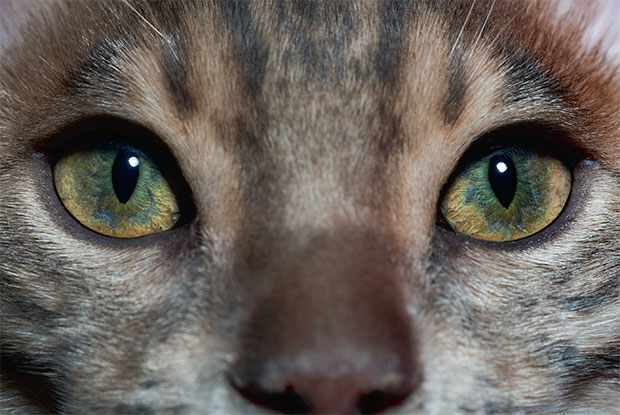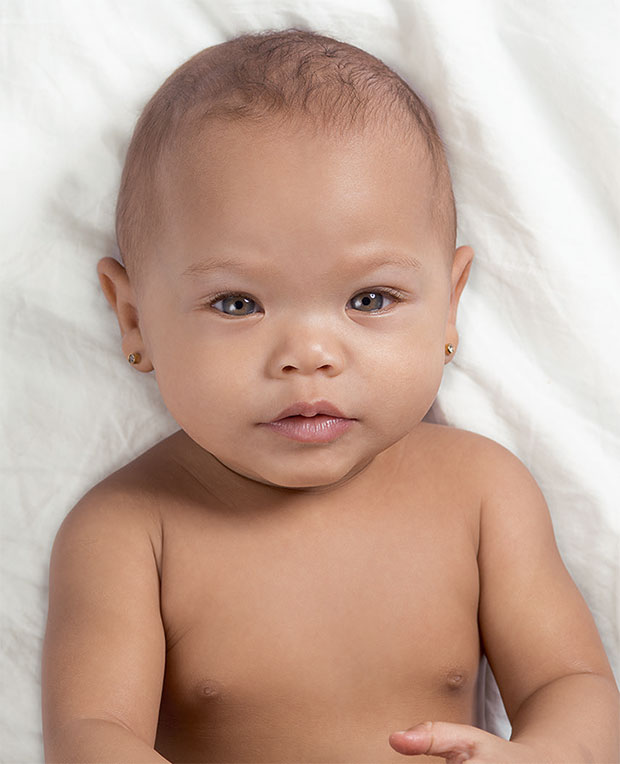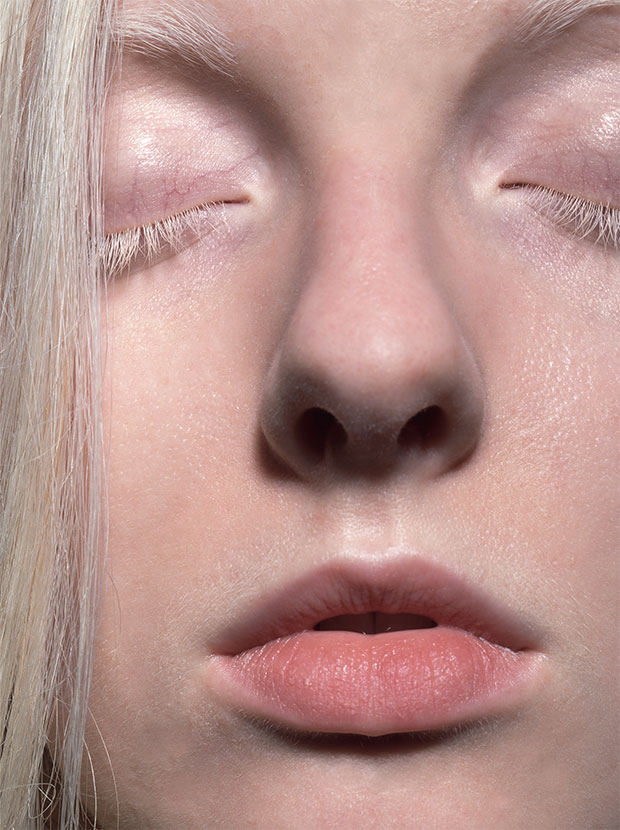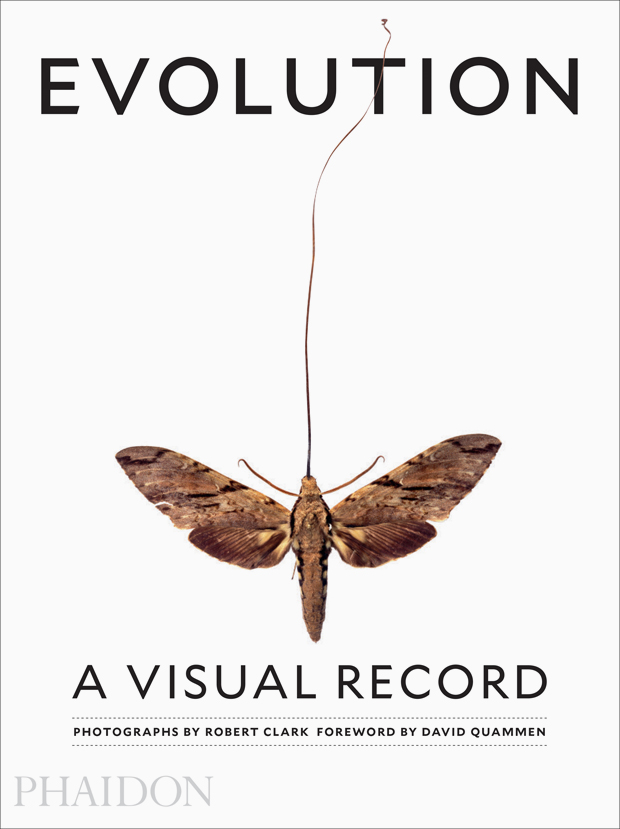
The killer in your cat's eyes
The one part of the human body that gave Darwin a 'cold shudder' still supports his theory of evolution
While our book Evolution: A Visual Record reproduces thousands of images that lend weight to Charles Darwin’s theory of evolution, there are also pictures of natural phenomena that gave Darwin pause for thought.
“The possibility that natural selection could produce an organ of such exquisite complexity as the human eye bedevilled even Charles Darwin himself, giving him, as he once wrote to a friend, “a cold shudder"" explains the text accompanying Robert Clark’s brilliant photos.
"Darwin never wavered in his opinion that eyes – like everything else on Earth – had, in fact, evolved through the process whose theory he had explained. And today, on molecular and other levels, scientists are untangling the complexities of eyes (human and otherwise), proving that, once again, Darwin was right to hold to his beliefs.”

Some differences between human eyes and those of other mammals can be explained using Darwin’s theories. On International Cat Day (oh, yes) we thought we'd look at the shape of human pupils when compared with cats’ eyes.
“Everyone who’s looked knows that domestic cats’ eyes have vertical slit pupils while those of humans and most other animals are round,” explains Evolution. “A recent study identified an association between slit pupils and predator species that ambush their prey and hunt extensively at night, as small cats do. These pupils, the researchers suggested, give a clear view of the distance to a specific object (such as a prey animal) while letting the greater panoramic view go out of focus. This could provide a selective advantage by helping the cat accurately gauge its pounce in low-light conditions. Predators that chase down their prey and tend to be active both day and night (such as lions and other large cats) are more likely to have round pupils.”
Other variations between people’s eye colour supports Darwin's theory. “Dark skin, eye, and hair colour were likely selected for in the hot, sunny conditions of East Africa, the birthplace of our species,” says the text in Evolution.
“Once humans spread to other (colder, cloudier) regions, those features were no longer so favoured, and other tones began to survive. Some scientists speculate that “personal selection” (e.g., individuals with blue eyes and blond hair being attracted to others with like features) may also have contributed to the diversity in hair, skin, and eyes we see today.”

Not every aspect of eye colour suits our environment, unfortunately. “Albinism is a well-known inherited condition now known to be caused by a variety of mutations in different genes that help control the production of melanin in the skin, hair, and/or eyes,” says Evolution. The condition often results health problems, including visual difficulties and “there is as yet no medical means of preventing albinism, but most people with the condition live healthy lives with careful management.”
